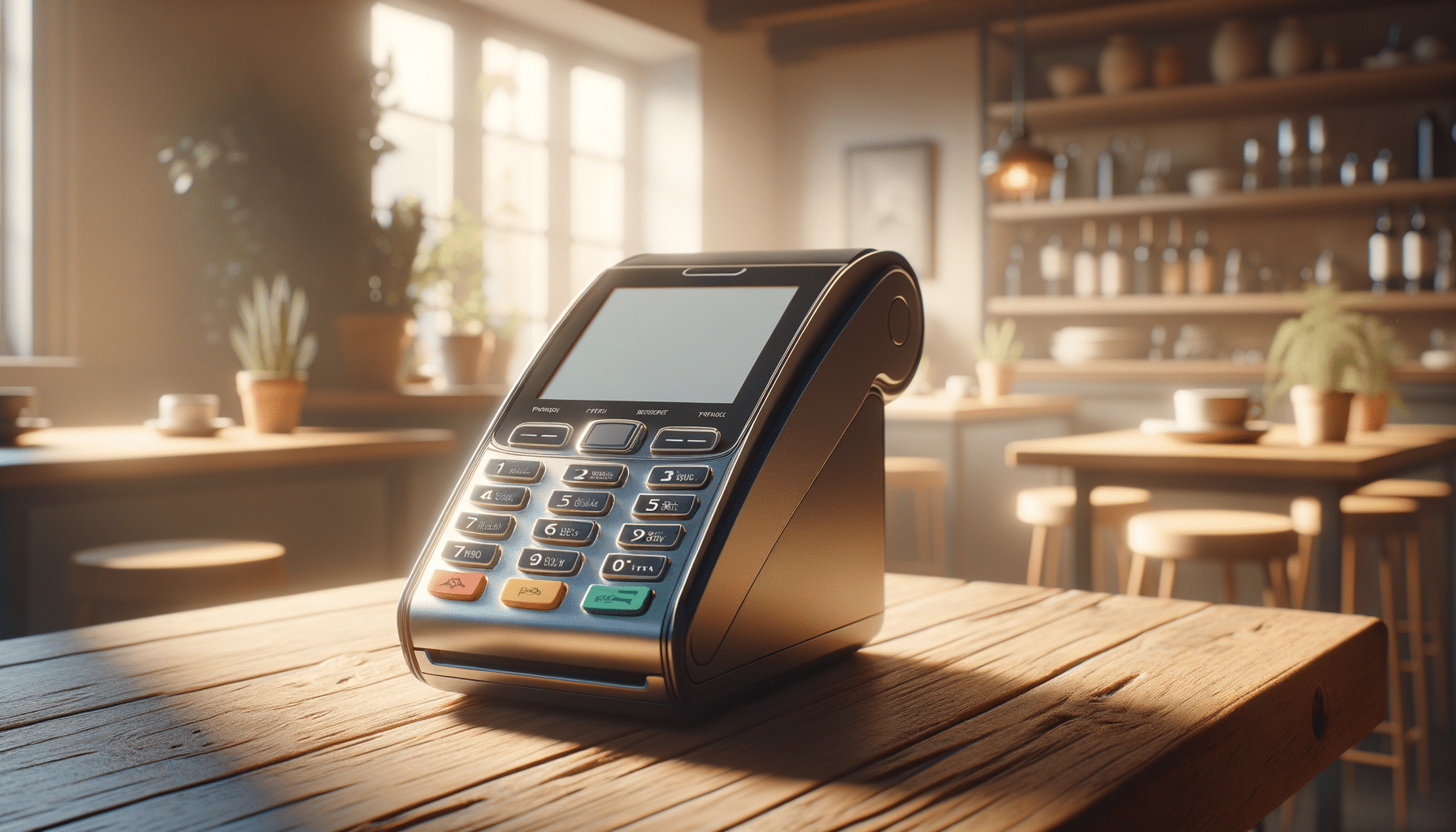
Secure Credit Card Payment Processing in 2025: How Businesses Can Prevent Fraud and Protect Transactions
Introduction to Credit Card Processing
In today’s digital age, credit card processing has become an integral part of conducting business. With the rise of e-commerce and digital transactions, understanding how credit card processing works is crucial for businesses aiming to stay competitive. At its core, credit card processing involves the series of steps and technologies that ensure a transaction is completed securely and efficiently from the moment a customer swipes their card until the funds are transferred to the merchant’s account. As businesses continue to evolve, so do the methods and technologies involved in credit card processing, making it essential for companies to stay informed about the latest developments.
The Mechanics Behind Credit Card Processing
Credit card processing involves a complex network of systems and entities that work together to facilitate transactions. The key players include the cardholder, merchant, acquiring bank, issuing bank, and credit card networks. When a cardholder initiates a transaction, the merchant’s terminal sends the payment information to the acquiring bank, which then forwards it to the card network. The network routes the transaction to the issuing bank for authorization. Once approved, the transaction is completed, and funds are transferred from the issuing bank to the acquiring bank, eventually reaching the merchant’s account. This seamless process ensures that transactions are completed quickly and securely, allowing businesses to operate efficiently.
Security Measures in Credit Card Processing
Security is a top priority in credit card processing, especially with the increasing threat of cybercrime. Modern processing systems employ a variety of security measures to protect sensitive customer information. Encryption is a fundamental technology used to safeguard data during transmission. Additionally, tokenization replaces sensitive card information with unique tokens, reducing the risk of data breaches. Payment Card Industry Data Security Standard (PCI DSS) compliance is also critical, ensuring that businesses adhere to strict standards for handling cardholder data. By implementing these security measures, businesses can protect themselves and their customers from fraud and data theft.
Choosing a Payment Processing Provider
Selecting the right payment processing provider is crucial for businesses looking to optimize their operations and enhance customer satisfaction. When evaluating providers, businesses should consider factors such as transaction fees, integration capabilities, and customer support. A provider with a robust security infrastructure and a track record of reliability can help businesses minimize risks and streamline their payment processes. Additionally, providers that offer advanced analytics and reporting tools can provide valuable insights into customer behavior, enabling businesses to make informed decisions and improve their strategies. By choosing a trusted provider, businesses can ensure seamless and secure transactions for their customers.
The Future of Credit Card Processing
The future of credit card processing is poised for significant advancements as technology continues to evolve. Innovations such as contactless payments, mobile wallets, and biometric authentication are reshaping the payment landscape, offering consumers more convenient and secure ways to transact. Additionally, the integration of artificial intelligence and machine learning in payment systems promises to enhance fraud detection and prevention capabilities. As businesses adapt to these changes, staying informed about emerging trends and technologies will be essential for maintaining a competitive edge. By embracing these innovations, businesses can offer their customers a seamless and secure payment experience, fostering trust and loyalty.

